This story starts a few years ago... when I attended a Lighting Workshop run by London Camera Exchange (a local camera shop).
They had several professional photographers who did various talks and workshops mostly linked to taking portraits of models. One of the talks was focused on the use of Speedlights (the external flashes which are usually attached to the tops of the camera. During the talk, the guy running it tried to explain the fact that the flash settings should be treated as separate to the rest of the camera settings (ISO, Shutter speed, Aperture). I smiled and nodded, but to be honest I didn't 'get' what he meant. Anyway, I took some pictures and they are not even worth posting here. It was my first ever proper model shoot, and the lack of experience showed.
Fast forward a few years. I was at home and bored of the rain, so instead I stayed inside and spent a few hours having a play with lighting. I started with the flower, a simple and elegant daffodil. I didn't know what settings to use, so i tried all sorts. High and low shutter speeds, and using different apertures to change the depth of field. While I was doing this, I had the flash on TTL mode.
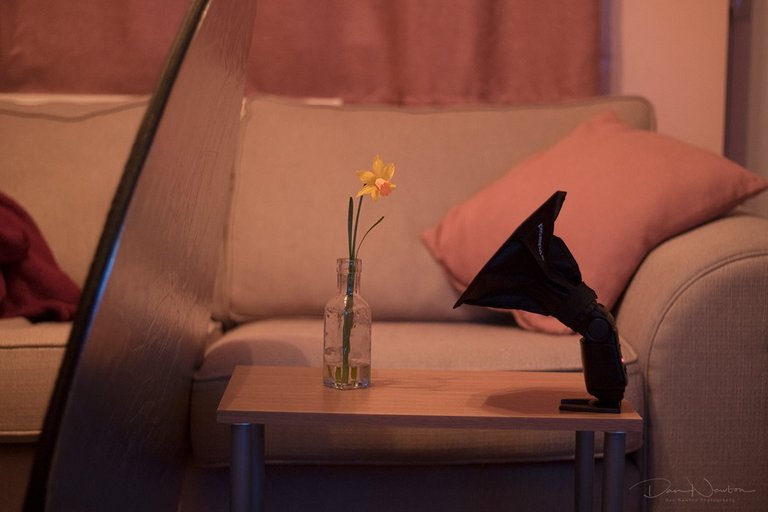
TTL stands for 'through the lens' and essentially it is the auto mode. In the split second I half press the shutter button to focus the image the camera and flash combine to work out how bright the flash should be to correctly exposure the subject. I noticed that depending on the settings used, the background would change sometimes be well lit, and other times it would be dark with lots of shadows. As I was comparing the images... I suddenly thought back to that Workshop:
...the flash settings should be treated as separate to the rest of the camera settings.
Eureka! I finally got it!

It has taken me this long to finally understand what he meant by that.
Essentially the flash is in control of the exposure of the subject, and the rest of the camera settings determine the level of light in the background of the image. If I use a low shutter speed and a high ISO, it makes the background bright. Conversely, if I have a high shutter speed and low ISO, there is much less light availabl and the background looks dark. And if you choose your settings carefully, you can make the background go black, like in this image.
Amazing to consider in this image of a Daffodil, there is a light grey sofa behind it, and yet with the right settings, the speedlight lights up the flower, and everything else has gone black.
Suitability inspired, I tried other subjects:
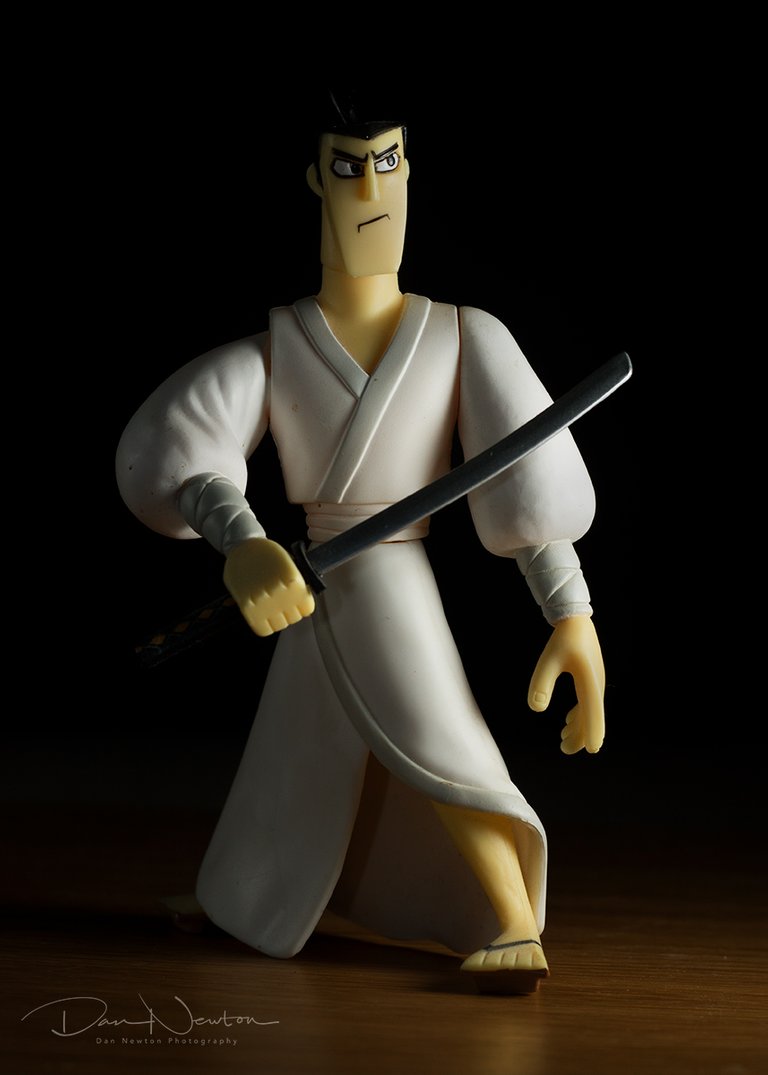
A moody portrait of a Samurai Jack figure...
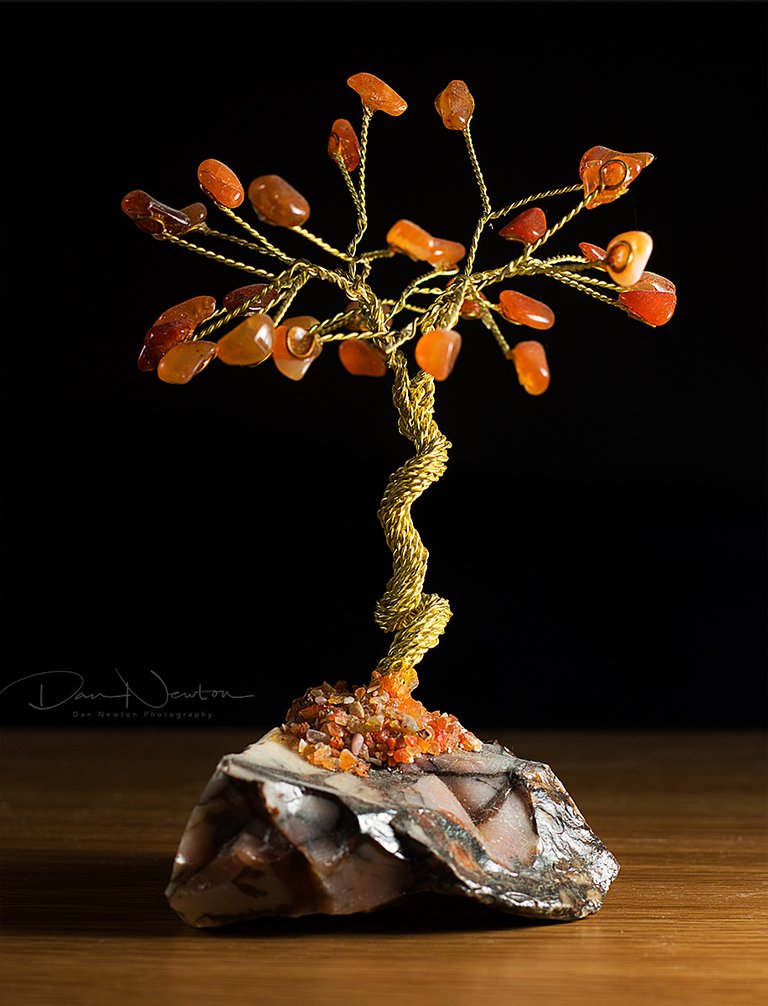
...and a nicely lit image of golden tree ornament.
And I was really happy with these results. But then I tried the ring (a replica of the infamous ring from Lord of the Rings). And it looked kind of boring on the wood effect table top. So to make the most of the black background I put it on a sheet of black card.

Now that looked interesting! And yet not quite right. The problem with shooting this in macro, is that you end up with all sorts of detail you idn't expect to see. Here in this image you can see that the smooth finish of the card actually has some texture when you look closely at it.
Solution? I tried some glossy black card (with a smooth and shiny finish)
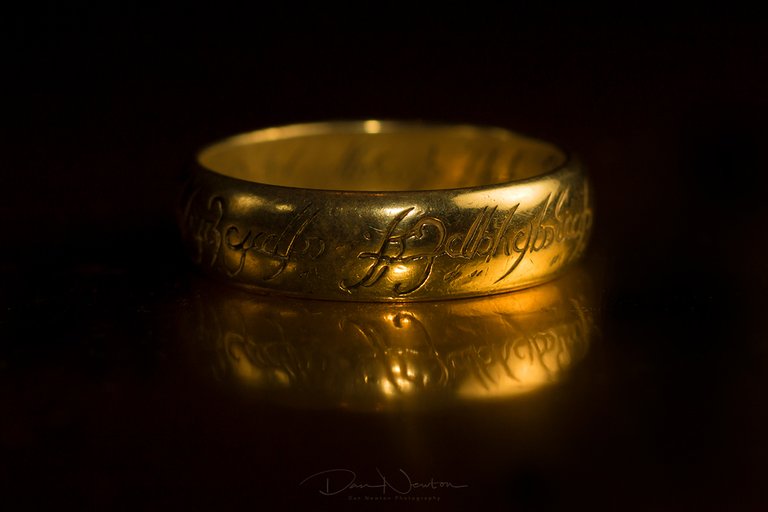
Now this is an image worth sharing. I love the fact that there is no texture or detail to be seen in the background, and yet all the detail of the ring can be seen in the reflection. Any LOTR nerds out there will of course spot the awful mistake i.e. the ring is upside down!
Nonetheless, it is an image I am proud of. And it marks the first step towards my Insect Portrait Project. I now spend a lot of time taking detailed photographs of insects and use a slightly modified version of this set-up to achieve the same effect of a black background and a subtle reflection.
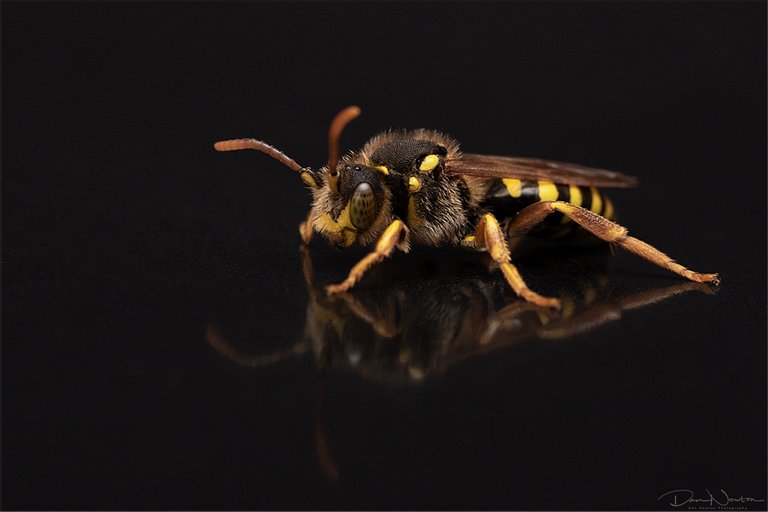
Gooden's Nomad Bee - Nomada goodeniana
I also use a different version of this set-up to take pictures of my Metal Tape collection, you can see some more of Metal Tapes over on my other account @earthsea
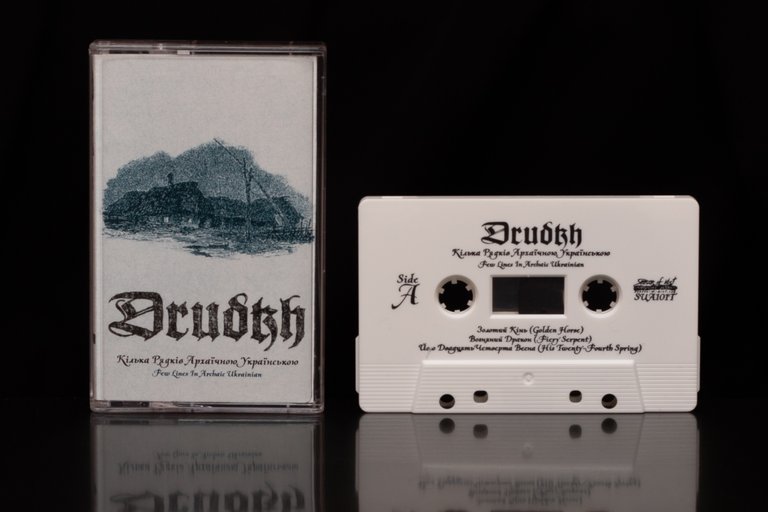
Drudkh – Кілька Рядків Aрхаїчною Українською (A Few Lines In Archaic Ukrainian)
So there you have it. All of this came from rainy day inside... and it just goes to show what can happen if you try new things and play around with different techniques, you might just surprise yourself!
Congratulations @dannewton! You have completed the following achievement on the Hive blockchain and have been rewarded with new badge(s) :
You can view your badges on your board And compare to others on the Ranking
If you no longer want to receive notifications, reply to this comment with the word
STOPDo not miss the last post from @hivebuzz: